Bull City Summer
Selections from Sam Stephenson’s multi-artist project documenting a season with the Durham Bulls, the North Carolina AAA baseball team that inspired the film “Bull Durham,” which celebrates its 25th anniversary this year.
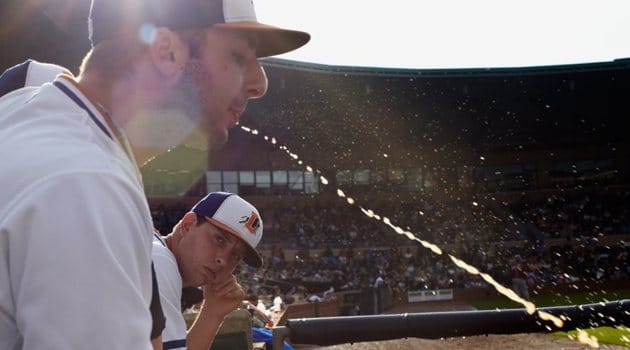
Interview by Rosecrans Baldwin
Bull City Summer, the inaugural project of writer Sam Stephenson’s new Rock Fish Stew Institute of Literature and Materials, is directed by Stephenson, who for a decade directed The Jazz Loft Project, which won a 2010 ASCAP-Deems Taylor Award and included a book called by New York Times critic Dwight Garner “a singularly vital and thrumming American document.” Read the interview ↓
All images used with permission, © copyright the artists, all rights reserved.




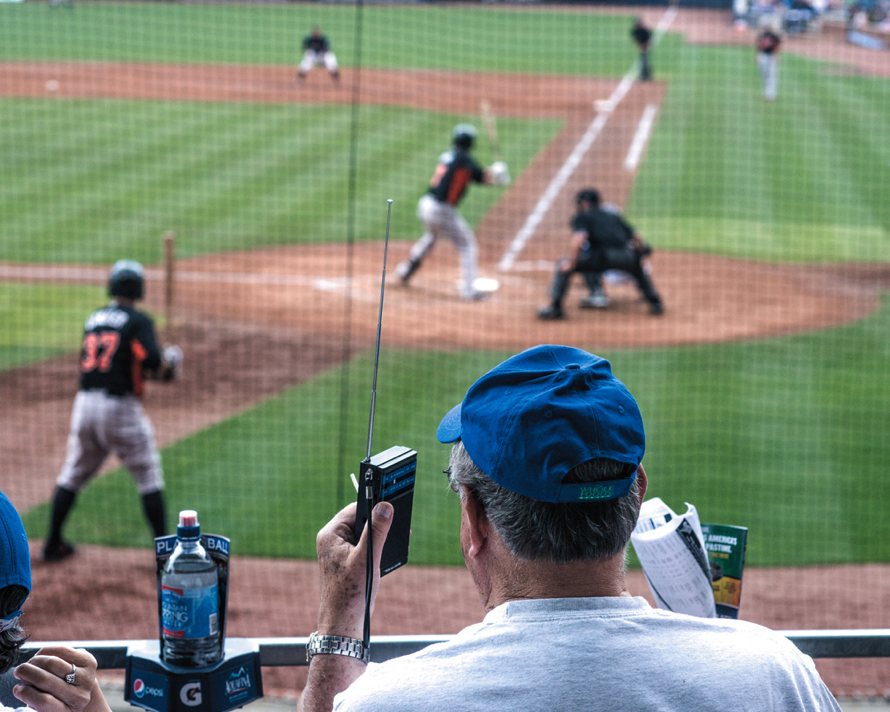
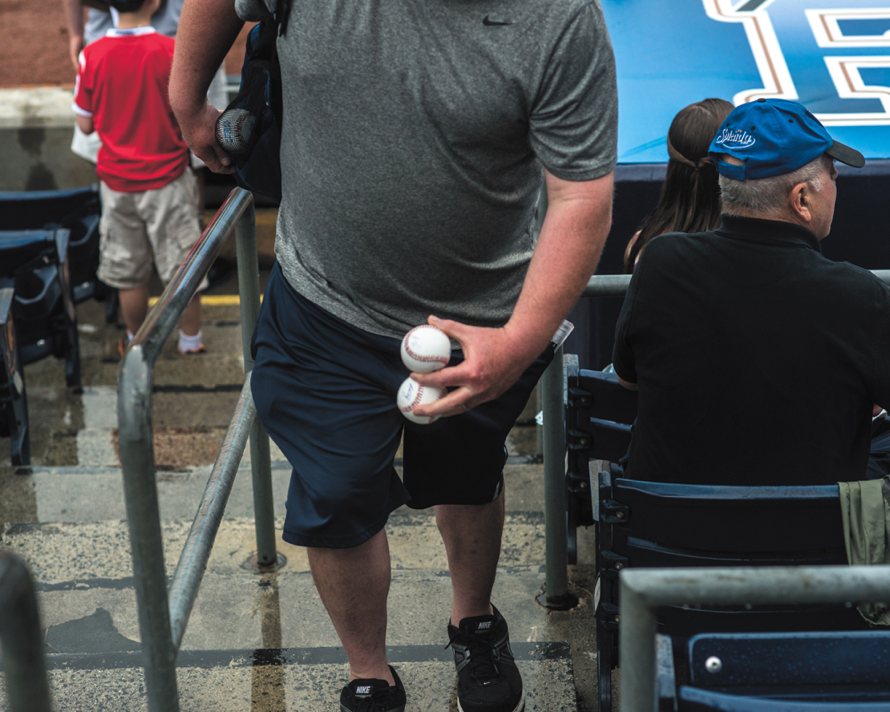
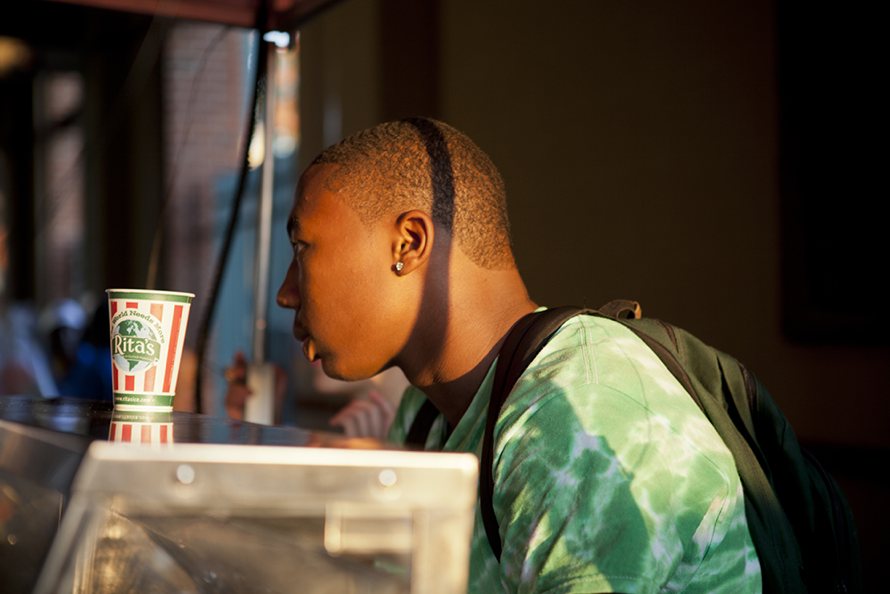
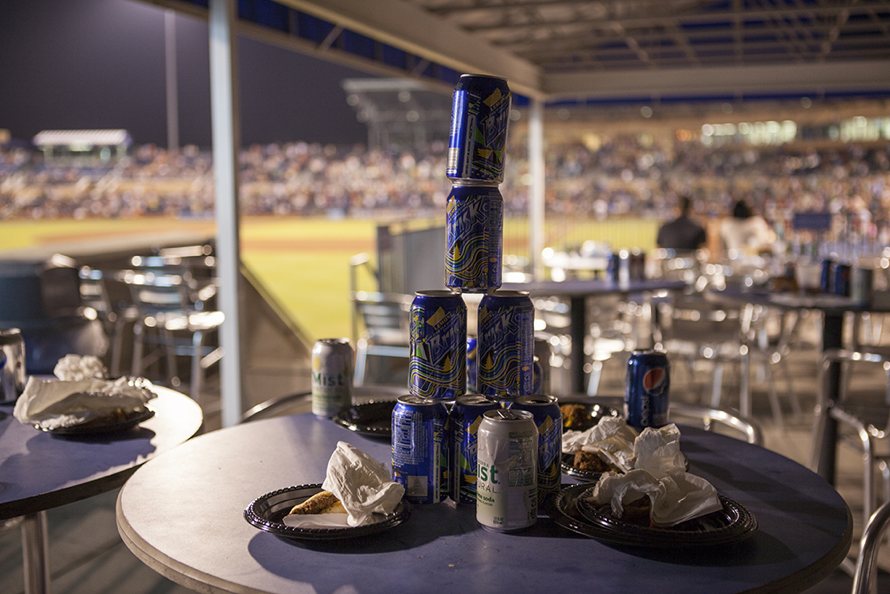
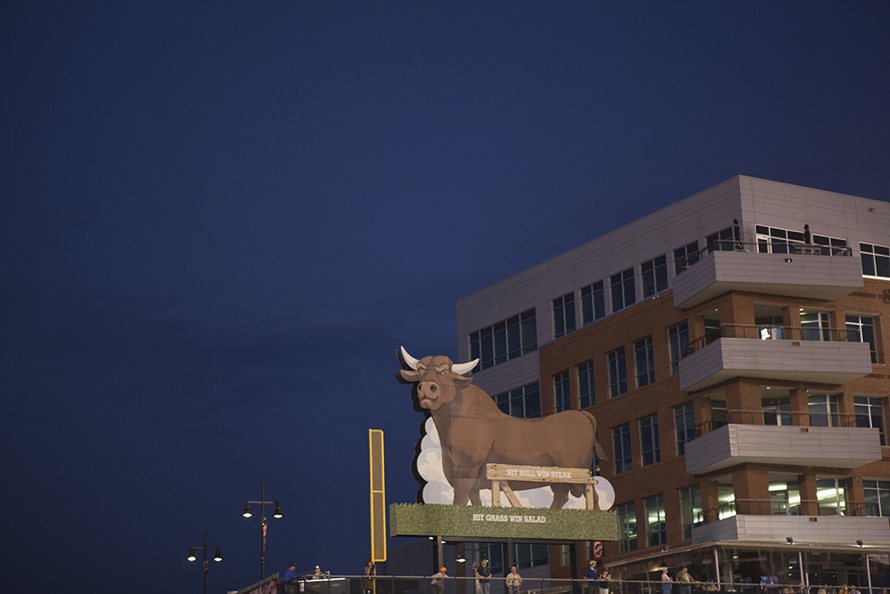
Artist interview
The Morning News: Are the spirits of Kevin Costner and Tim Robbins alive and well in Durham, NC?
Sam Stephenson: Yes. Bull Durham is the favored baseball movie of the ballplayers. The movie got a lot of things right about minor league baseball. The current Bulls can quote all the baseball lines from the movie. And, like Crash and Nuke, there are veterans at the end of their playing careers on the current Bulls and there are superstar prospects, too.
TMN: How did Bull City Summer begin?
SS: I spent a decade studying a loft building in New York City [The Jazz Loft Project—ed.], making 160-some trips to New York from Raleigh-Durham, and I also visited 23 states and spent a month in Japan and the Pacific tracking W. Eugene Smith’s footsteps. After that effort (which is actually still going on), I wanted to document something in Raleigh-Durham today rather than New York 50 years ago. Rather than one person doing the original documentary work, as Smith did, we assembled (and are still assembling) a team of documentarians and artists to do the job together. It’s healthier than Smith’s method. He died at age 59 and he looked like he was three decades older.
TMN: What do the Bulls mean to Durham?
SS: A lot. Durham Bulls Athletic Park is one of the few places where every demographic within a 30-mile radius is represented. Plus, as Durham becomes more and more of a gentrified hipster haven the Bulls are a presence with links back to a time when Reverend Gary Davis and Blind Boy Fuller were playing Piedmont blues for tips during shift changes at the tobacco markets, only a block or two from the existing stadium.
TMN: You spent a decade studying an apartment. Why only a season for a ballpark?
SS: If the project fails it’ll be because it was too much of a sprint and not a long-distance jog. But if we pull it off there will be something unique offered by a one-year glimpse.
TMN: What were the criteria for choosing photographers?
SS: Four of them are old friends that I’ve been working with for a long time, artists I trust implicitly. The rest are artists I trust, too, but I didn’t know them as well personally. The photography team was put together in a joint effort with project partners Taj Forer and Michael Itkoff of Daylight Books, Larry Wheeler and Linda Dougherty of the North Carolina Museum of Art, and me. We trust everybody to be themselves as artists within the frame and shadow of the Durham Bulls Athletic Park.
TMN: Are you a morning person or evening person?
SS: I don’t know. There were a few years in the Jazz Loft Project heyday when I was pulling 80 hours a week. The hour of day meant little. Having no kids, that’s possible. I vowed to never do that again, especially in this line of work where there’s no money. My brother, a decade older than me, likes to say, “When I die I want to come back as Sam.” My response is always, “Two words: W-2.”
TMN: Do you nap?
SS: Only in very unusual circumstances, usually involving my romantic partner. Otherwise I’d rather play 90 minutes of hard singles tennis four times a week.
TMN: As a writer, you seem to be devoted to photography. What’s the attraction?
SS: For one thing, I really like hanging around photographers. They have methods of fading into the background and observing, silently, which is what I like to do as a writer. Plus, they tend to say unusual and interesting things. Brilliant little articulations leak out of the sides of their mouths and disappear like forgotten crumbs on the floor or table. But more than anything, it’s content. I was originally drawn to Gene Smith 16-and-a-half years ago because of his content, not because of him, or even the art of his work, but his subject matter.
TMN: When was the last time you were confused by a piece of art?
SS: All the time. I seek those experiences. I keep a weird novel or book of poems open all the time. A couple of weeks ago I cracked William Gass’s The Tunnel—what a challenging piece of work. Anne Carson also does it for me.
But to the point of Bull City Summer, one of our photographers, Frank Hunter, had his magnificent landscape work collected in heavy numbers by Cy Twombly. Frank used to drive up to Lexington, Va., and have lunch with Cy once or twice a year. Sometimes Sally Mann would join them. I always wanted to go with Frank on one of those trips and write a piece about these three eccentrics having lunch in Lexington, where Cy and Sally were from, but I never pulled it off. Anyway, as I got to know Twombly’s work through Frank I went deep on it. I’m still confused as hell by much of it, unsure of what it means, especially the casual ink drawings, which look like casual chicken scratch to me, especially when you turn them upside down, like Cy is pulling one over on the art establishment and the wealthy folks who fork up so much coin for his pieces. But I can’t stop looking at his work. I’ve got Twombly’s books all over my house. Frank had Cy sign one of his books to me and the “y” in Twombly went off the page, a simple ballpoint ink signature that he couldn’t fit on the page of the oversized book. I cherish that.
TMN: What’s next?
SS: The Bull City Summer model of converging on a site with a team of writers, photographers, filmmakers, and artists of various other kinds is portable. If we succeed we might be able to do it again somewhere else. Could be an NFL football team or the Minnesota State Fair or who knows what. In any case, I truly love working with artists and documentarians I admire and trust, then learning later what emerges from their dedication to our shared subject. It’s a mystery story. I’d like to keep doing this kind of work. I also have an idea for a recurring nonfiction literary and photography festival in honor of Joseph Mitchell and his wife Therese.
Otherwise, I’ll always try to wake up at 6 a.m. and eat breakfast and write nonfiction in solitude until noon. I’ve got a piece on John Coltrane’s biographer, a trauma surgeon named Dr. Cuthbert Simpkins, due next week, and my Gene Smith biography is due at Farrar, Straus and Giroux in February.
